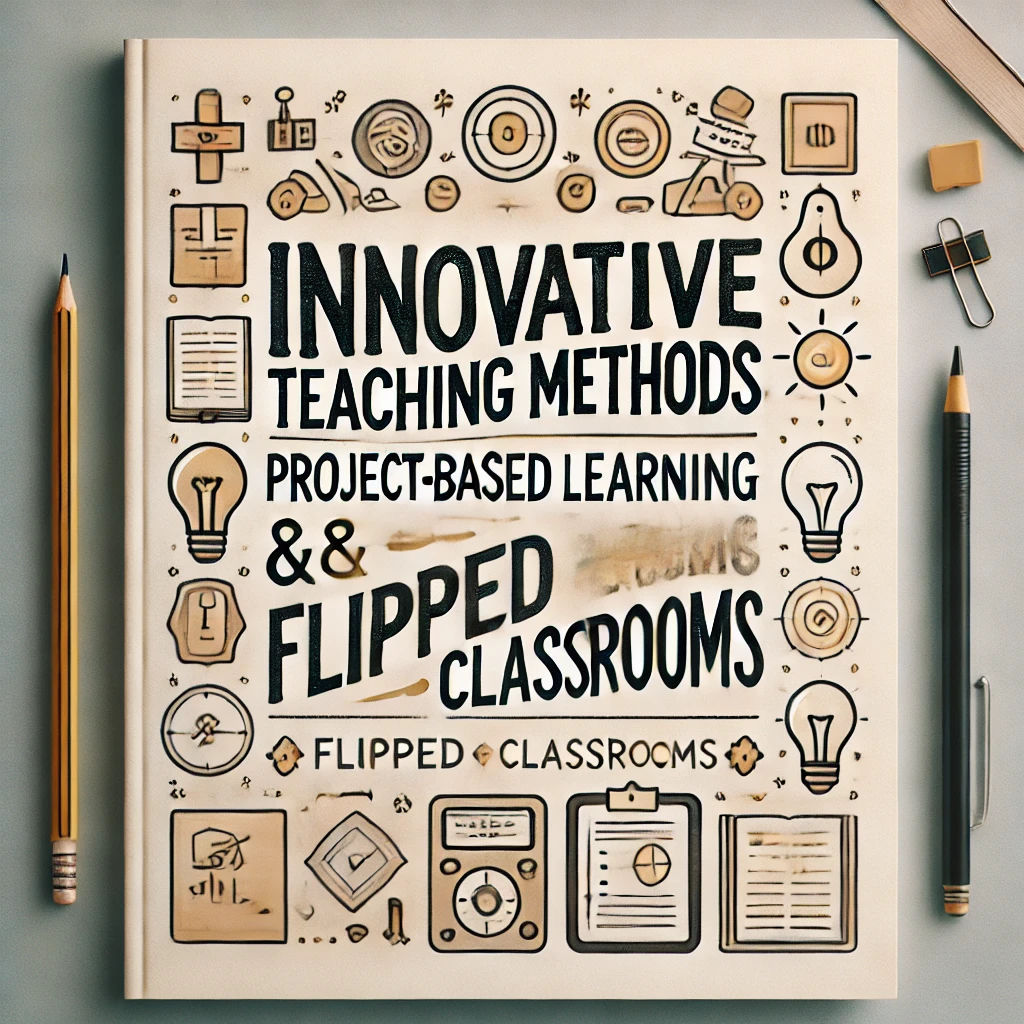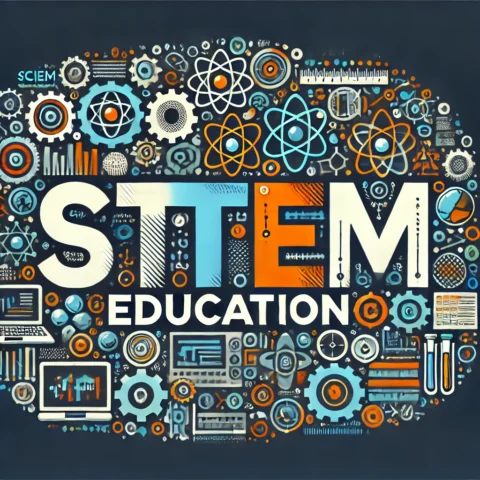Classrooms today are changing, with new teaching methods that make learning more interactive and focused on students. Instead of only listening to lectures, students are now actively involved in their learning. Two popular approaches in classrooms are Project-Based Learning (PBL) and flipped classrooms.
Project-Based Learning (PBL): Learning Through Real Projects
Project-Based Learning (PBL) allows students to learn by working on real-world projects. In PBL, students use what they’ve learned in class to solve real-life problems or complete hands-on tasks. For example, they might create a school garden, applying lessons from science and math. This approach helps students develop important skills, like creative thinking and teamwork, that are needed in everyday life.
Benefits of PBL:
- Makes learning more interesting and connected to real life
- Encourages students to be responsible and work independently
- Builds teamwork and communication skills
- Helps students become better problem solvers
Flipped Classrooms: Learning at Home, Practicing at School
In a flipped classroom, students first learn the material at home through videos, readings, or online lessons. Then, they come to class ready to discuss, ask questions, and do hands-on activities with the teacher’s support. This method gives students more control over how they learn and makes class time more interactive.
Benefits of Flipped Classrooms:
- Makes students more active in their learning
- Allows students to learn at their own pace
- Lets teachers give more personal help to students in class
- Encourages group work and problem-solving
New teaching methods like PBL and flipped classrooms are changing classrooms for the better. These methods help students take charge of their learning, work well with others, and use what they learn in real-life situations. As these methods grow, classrooms become more engaging places where students gain skills they’ll need for the future.





